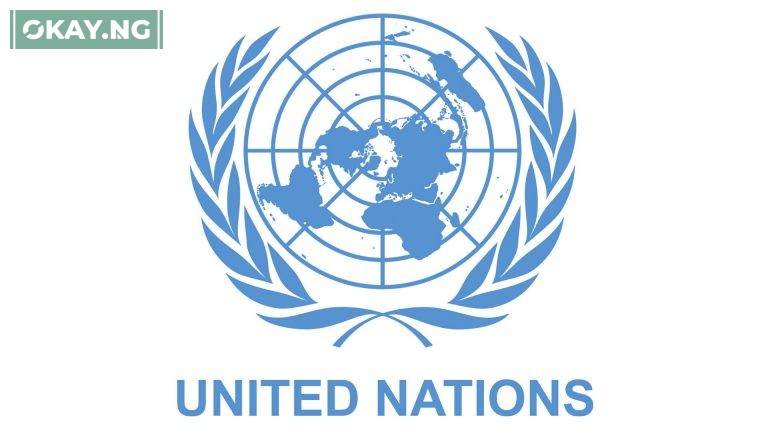Debt service payments by developing nations surged to $921 billion in 2024, marking an increase of $74 billion from the previous year, a new United Nations report has revealed. The report, titled ‘Confronting the Debt Crisis: 11 Actions to Unlock Sustainable Financing,’ was unveiled on Friday by UN Deputy Secretary-General Amina Mohammed, accompanied by experts Mahmoud Mohieldin, Paolo Gentiloni, and Rebeca Grynspan, who heads the UN Conference on Trade and Development (UNCTAD).
The report highlights a “silent crisis” as low-income countries grapple with escalating debt service obligations, threatening the progress of global development. Amina Mohammed expressed concern that, a decade after the adoption of the Sustainable Development Goals (SDGs), development efforts are facing significant obstacles. She stated, “Borrowing is critical for development,” but added, “borrowing is not working for many developing countries. Over two-thirds of our low income countries are either in debt distress or at a high risk of it.”
Rebeca Grynspan warned that the debt crisis is accelerating, with the report showing that more than 3.4 billion people now reside in countries where interest payments surpass spending on health or education—an increase of 100 million people from the previous year. Paolo Gentiloni explained, “The nature of this crisis is mostly connected to the increase of debt servicing costs,” noting that debt service costs have doubled over the last decade.
The UN report points out that 61 developing economies now spend at least 10% of their government revenues on interest payments, leaving less for essential services such as health, education, and climate action. Global public debt reached $102 trillion in 2024, with developing countries accounting for $31 trillion of this amount. Since 2020, these regions have been borrowing at rates two to four times higher than those available to developed economies like the United States.
Prepared by the UN Secretary-General’s Expert Group on Debt, the report outlines 11 actionable steps aimed at providing meaningful debt relief and preventing future crises. These recommendations include repurposing and replenishing funds to inject liquidity, establishing platforms for direct engagement between borrowers and creditors, and strengthening national institutional capacities to better manage interest rates and risks.
Grynspan emphasized, “These are eleven proposals that are doable and that only need the political will of all the actors to be able to make them real.” The report’s release comes ahead of the Fourth International Conference on Financing for Development, where the global community is expected to address these urgent challenges.











